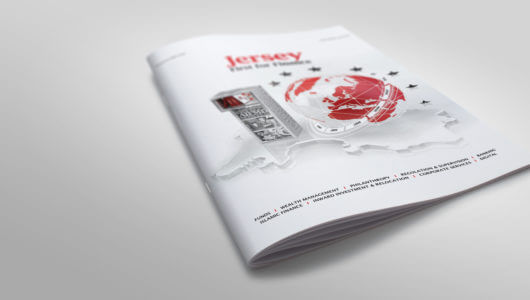Although it is tough to repeat this sterling performance – as the market correction since February and the return of volatility highlighted so vividly – the broader macroeconomic outlook suggests that 2018 is likely to be another constructive year for investors.
A synchronised pick-up in global growth, which resulted in strong corporate earnings growth and rising equity valuations last year, is likely to spill over into 2018, driving stock market performance. Meanwhile, a gradual revival of inflation in the US, Euro area and Japan, reduces the risk of excessive monetary policy tightening, supporting bonds.
A valid question we get from investors is ‘Can the constructive economic environment for stocks last much longer?’. After a nine-year economic recovery from the last recession, we are clearly at a fairly late stage in the business cycle, with the US further along than the Euro area or Asia.
However, history teaches us that equities tend to see some of the strongest gains in the final stages of the business cycle. This lesson is one of the factors behind our preference for equities over bonds.
Equities to outperform bonds
Our preference for equities is backed by fundamental drivers. The outlook for global earnings growth remains reasonably strong, driven in many regions by expansion in profit margins. This offers grounds for further equity market gains, beyond just higher valuations. Although valuations are undoubtedly above long-term averages in most regions, they are not too stretched. Historically, equity markets have, on average, delivered positive returns from similar levels of valuations.
Asia (excluding Japan) is our most preferred equity market, supported by both profit margin expansion as well as valuations that remain inexpensive relative to developed markets. We also believe emerging markets outside Asia warrant more attention, as their relatively tight correlation with commodity prices has been a key source of support over the past year. Meanwhile, the US has led a surge in corporate earnings revisions following the tax cuts late last year, cementing their status as a core holding.
Opportunities in emerging market bonds
Among bonds, we prefer emerging market debt as we believe it offers an attractive balance between yield and quality. Within this broader space, emerging market USD government bonds offer a reasonably attractive yield (at c.5%) sourced from a mix of both investment grade and high yield government debt.
While emerging market bonds are sensitive to rising US Treasury yields, a modest rise in inflation means the benchmark 10-year Treasury yield is unlikely to rise significantly above 3%. Add to that the relatively higher yield buffer offered by the emerging market USD government bonds and this makes them an attractive source of regular income.
One of the key assumptions driving our constructive view on emerging market assets is that the US dollar is likely to continue weakening modestly in 2018 – short-term reversals notwithstanding – supporting continued capital flows into emerging markets. Our weaker US dollar view is based on the belief that the European Central Bank (ECB) has a greater chance of surprising the market by withdrawing stimulus sooner than current expectations. In contrast, further Fed rate hikes are unlikely to dramatically surprise the market.
Against this backdrop, we expect the euro to extend gains, especially if the ECB remains on the path of gradually removing monetary policy accommodation. A softer US dollar is likely to be positive for emerging market currencies. Thus, there is also an opportunity to add exposure to emerging market local currency bonds.
Investors in Jersey should consider whether diversification into emerging market bonds would be beneficial to their portfolio and should work with their investment advisor.
While we remain constructive on the global economic backdrop, it is extremely difficult to time the end of the business cycle. The fact that US equities and high yield bond markets have historically peaked six to nine months ahead of a US recession, makes the investment decision even harder.
Inflation is the main risk to the ‘reflationary’ scenario, especially further into 2018. A larger-than-expected rise in inflation would mean the environment could turn too hot, forcing central banks to tighten policy sooner than expected. Given the risks, we believe there is value in entering the year favouring equities, while also starting to think about managing downside risks by allocating to alternative strategies which have lower drawdown risks and have less correlation with traditional asset classes.
Note: Information correct at the time of writing in March 2018. Market movements after the time of publication may impact on the accuracy of this information.
Steve Brice, Chief Investment Strategist, Standard Chartered Private Bank.
Steve is an expert on the world economy and global markets. Based in Singapore, he is a key member of the Bank’s Global Investment Council and also acts as an adviser to the Discretionary Portfolio Management division.
Steve has over 20 years of financial markets experience in senior positions, including previous roles as Head of Global Markets (Southern Africa), Head of Research (Middle East and South Asia) and Chief Economist (SE Asia), all with Standard Chartered Bank. He started his career at I.D.E.A. Ltd, a financial consultancy in London, where he was Regional Head of FX (Europe).
Originally from the UK, Steve has a Masters from the University of Liverpool and has lived in Asia, Africa and the Middle East for the past 17 years. He is an ardent sports fan focusing on cricket, rugby and Liverpool FC.
In Jersey, Standard Chartered Private Bank is the Registered Business Name of the Jersey Branch of Standard Chartered Bank (which is regulated by the JFSC).

